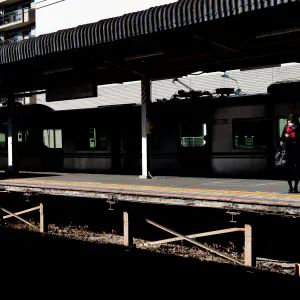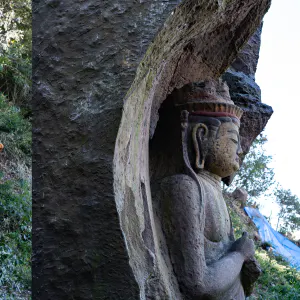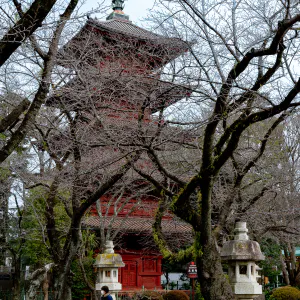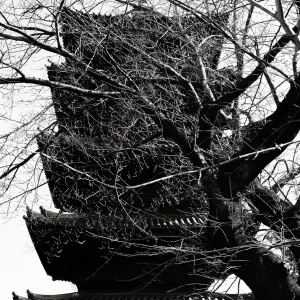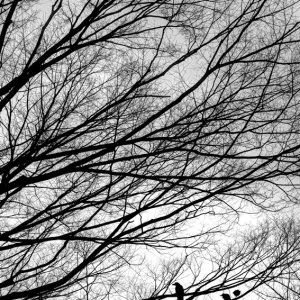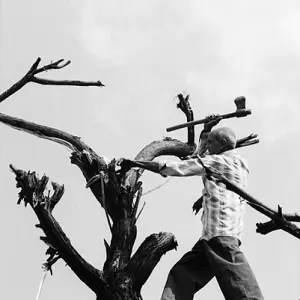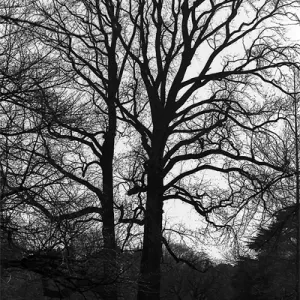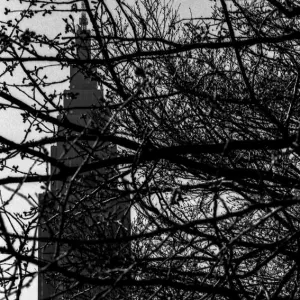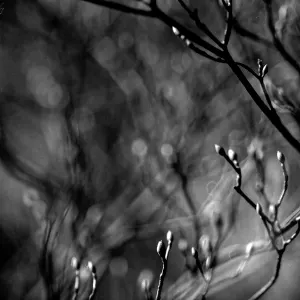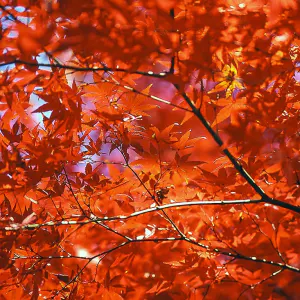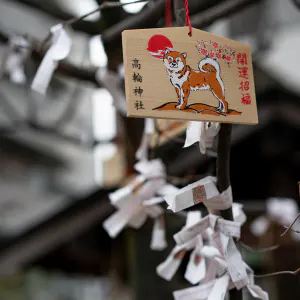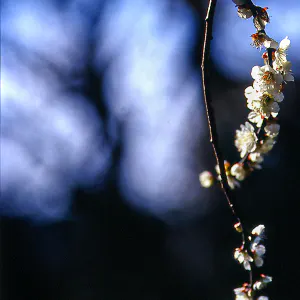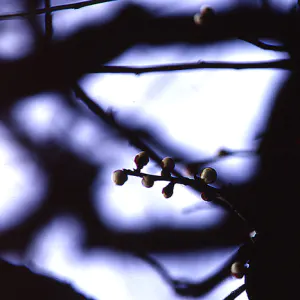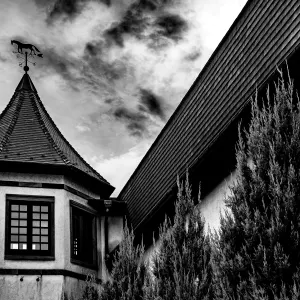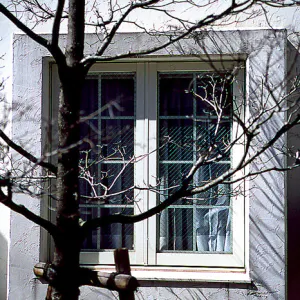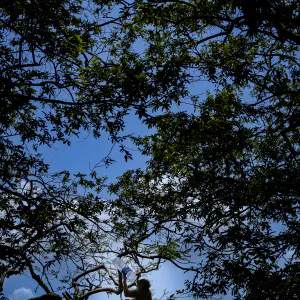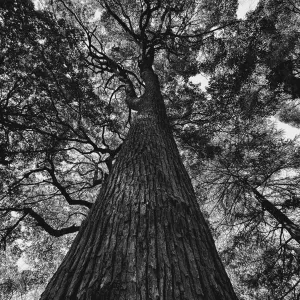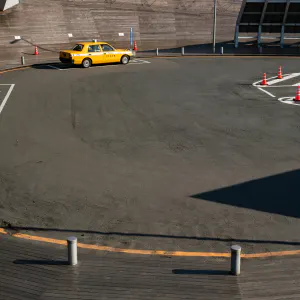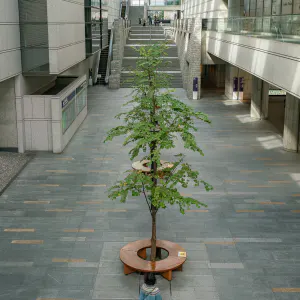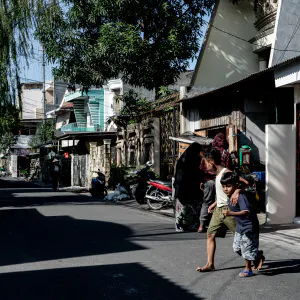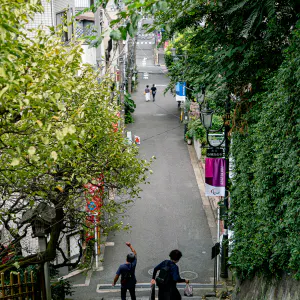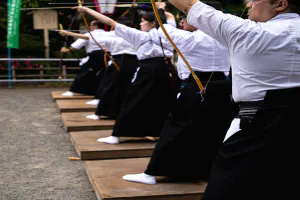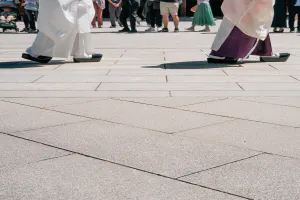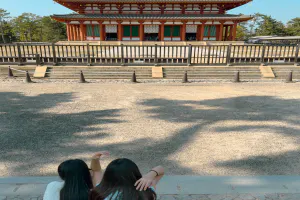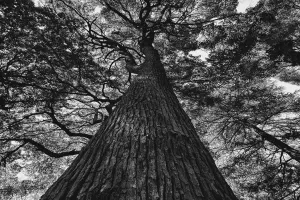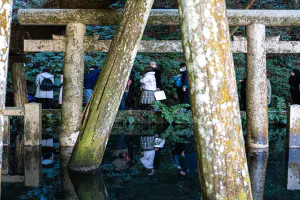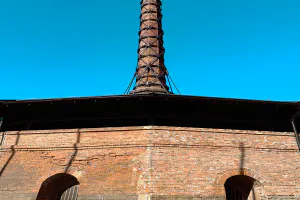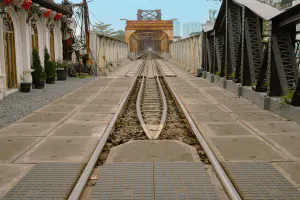Just outside the guest room, a tree with good branches stood tall

Japan, which is now divided into 47 prefectures, was divided into 68 countries during the Ritsuryo period. These are the countries under the Ritsusei system. This administrative division was in use for nearly 1,200 years, from 701 when the Taiho Ritsuryo Code was enacted until the abolition of feudal domains in 1871. Surprisingly, the system of government was revised and abolished only until the Nara period (710-794) and after the Meiji period (1868-1912). The fact that the administrative divisions remained unchanged over the long period from the Heian Period to the Edo Period suggests that the division of the country under the ritsuryo system must have suited the reality of the situation.
The number of Ritsuryo states and prefectures is not so different, so it is not so difficult. When the Bakuhan system is added, the story suddenly becomes more difficult. In the Edo period (1603-1867), there were about 300 feudal clans. More clans existed in this small area of Japan than there are nations on the earth today. For example, there were as many as 17 clans in Chiba Prefecture, which consists of a part of Shimousa, Kazusa, and Awa. Sakura City, which I visited on this day, is now just a municipality in Chiba Prefecture, but it used to be a splendid clan. There was a castle and a feudal lord. The former Hotta family residence was built by the last lord of the Sakura clan in the Meiji era. Looking out from the spacious guest room, I saw a tree with a nice shape and branches that filled the window and asserted itself.
| Apr 2023 ARCHITECTURE CHIBA | |
| BRANCH SAKURA TREE WINDOW |
PHOTO DATA
No
12478
Shooting Date
Jan 2023
Posted On
April 13, 2023
Modified On
August 8, 2023
Place
Sakura, Chiba
Genre
Architectural Photography
Camera
SONY ALPHA 7R II
Lens
ZEISS BATIS 1.8/85
